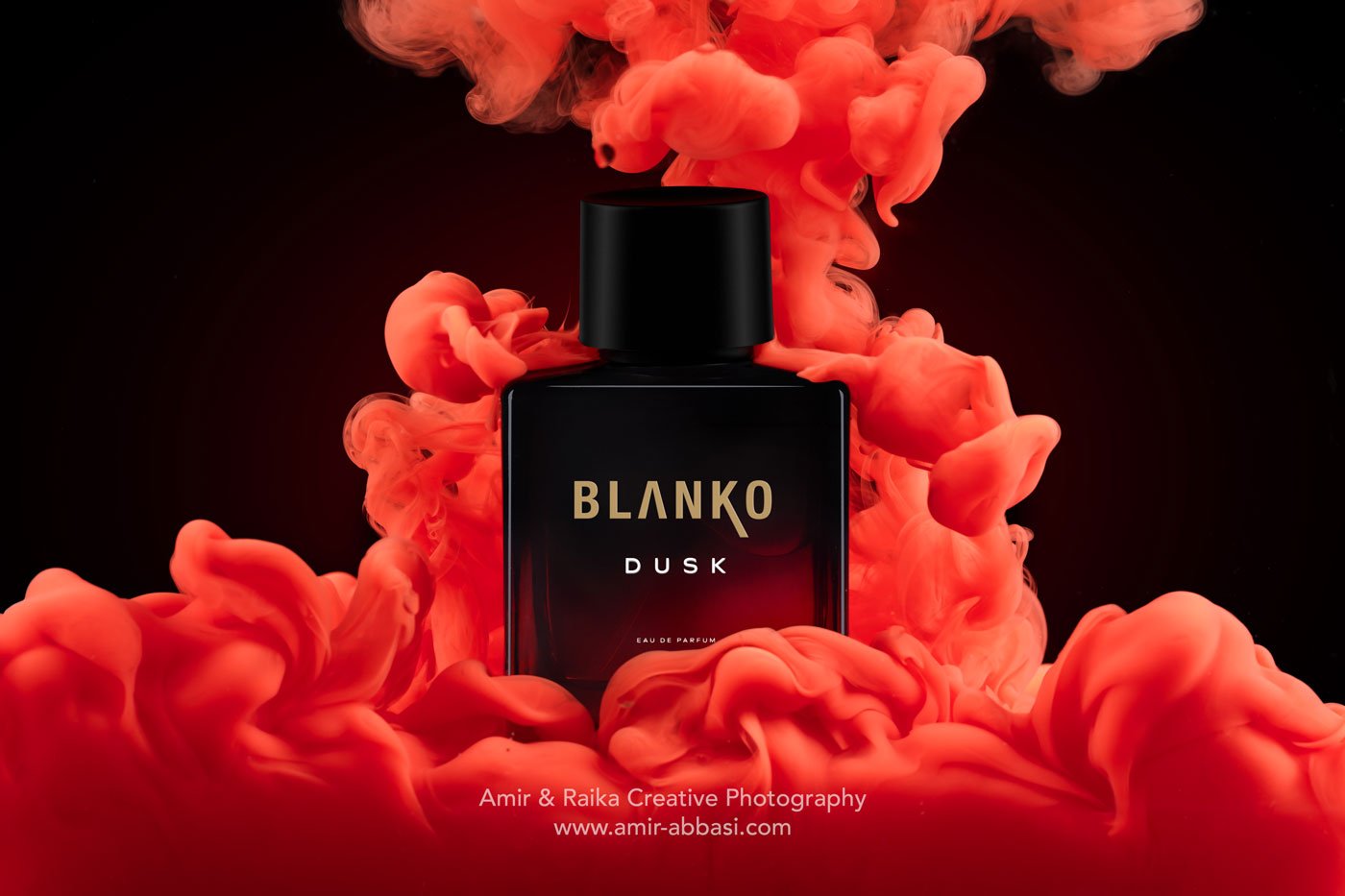Index Surge: Amplifying Your Insights
Stay updated with the latest trends and news across various industries.
Snap It Like You Mean It: Elevate Your Product Photography Game
Unlock stunning product photos that sell! Discover essential tips to elevate your photography game and capture attention like never before.
Essential Tips for Capturing Stunning Product Photography
When it comes to capturing stunning product photography, lighting is your best friend. Natural light can enhance the appearance of your products, so try shooting near a large window or outdoors during the golden hour, just after sunrise or before sunset. If natural light isn’t an option, consider investing in reliable artificial lighting setups like softboxes or ring lights to eliminate harsh shadows. Additionally, ensure your backdrop is simple and uncluttered to keep the focus on the product. A clean background greatly enhances the overall composition and highlights the key features of the item.
Another essential tip for effective product photography is to experiment with various angles and compositions. Try capturing your product from different perspectives, such as above, at eye level, or even at an angle, to see which best showcases its unique details. Incorporating props can also create context and tell a story about the product, but be sure they do not distract from the main subject. Remember to maintain a consistent style across your images, as this will help create a cohesive look for your brand.

The Ultimate Guide to Lighting Techniques for Product Shots
When it comes to product photography, mastering lighting techniques is crucial for showcasing your items in the best possible way. The first step in achieving stunning product shots is understanding the different types of lighting available. Natural light can provide a soft, diffused look, making it ideal for delicate products, while artificial lighting allows for greater control over shadows and highlights. Consider using a combination of both to create dynamic images that attract potential buyers. Here are some essential techniques to experiment with:
- Using a light tent to diffuse harsh light.
- Utilizing reflectors to bounce light and fill in shadows.
- Experimenting with backlighting to create striking silhouettes.
Another critical aspect of lighting is understanding how to manipulate it to highlight the features of your product. Hard lighting can create sharp shadows and strong contrasts, which may be useful for rugged or textured surfaces, while soft lighting can provide a flattering, even illumination across the product, ideal for luxury goods. To get the most out of your lighting setup, consider the following tips:
- Position your lights at different angles to find the most flattering perspective.
- Use dimmable lights to adjust brightness as needed.
- Take multiple shots with varying lighting setups to determine what works best for your product.
How to Choose the Best Backgrounds for Your Product Photos
Choosing the best backgrounds for your product photos is essential to enhancing the visual appeal of your products and improving engagement. Start by considering the nature of your product. For instance, if you're photographing clothing, a simple white or neutral backdrop can help the colors and textures stand out. For more vibrant or colorful products, a darker or contrasting background may create a compelling visual narrative. Additionally, ensure that the background does not distract from the product itself; it should complement and highlight the features you want to showcase.
Another key factor is lighting. Natural light often provides a softer touch, eliminating harsh shadows that can distort the image. If you're using a colored or patterned background, make sure the lighting maintains the true colors of your products. To better organize your approach, consider creating a checklist:
- Identify the main focus of the photo.
- Select a background that complements the product.
- Test different lighting conditions.
- Review multiple photos to find the best combination.